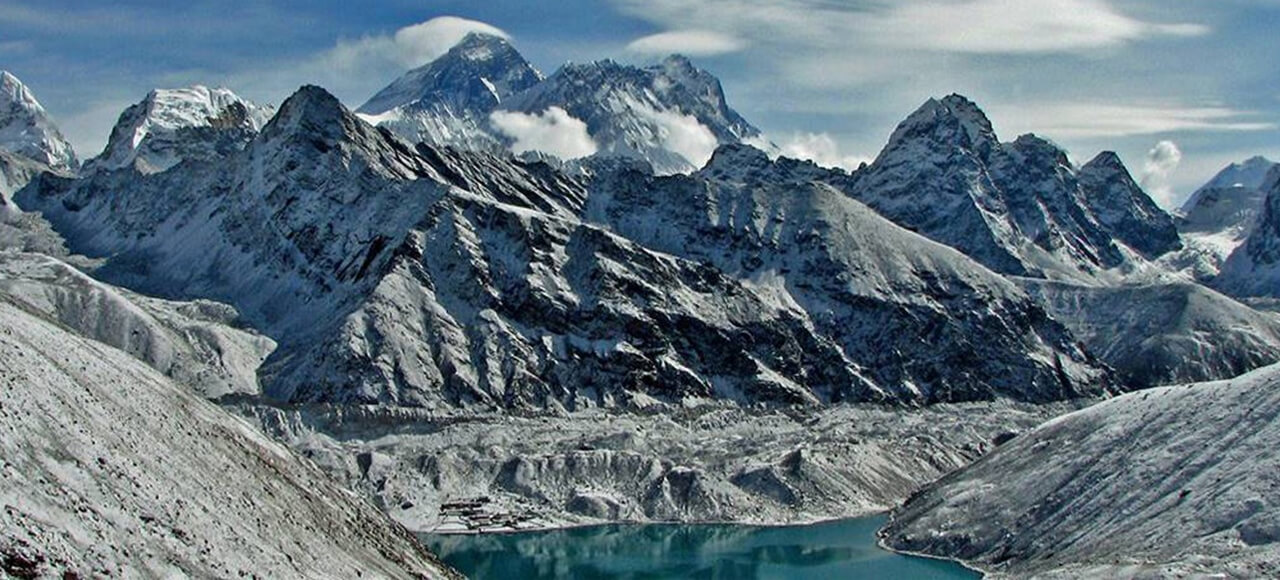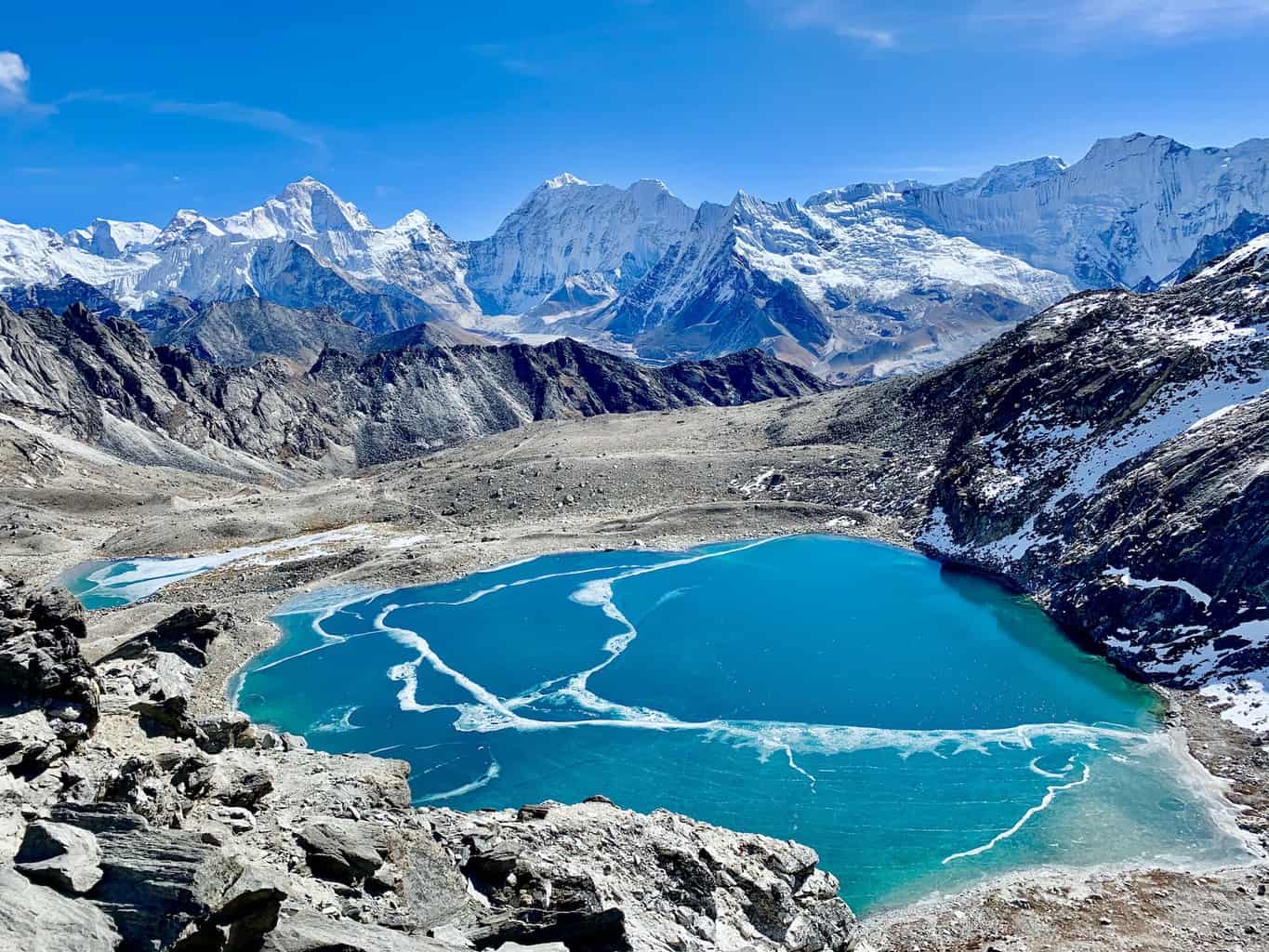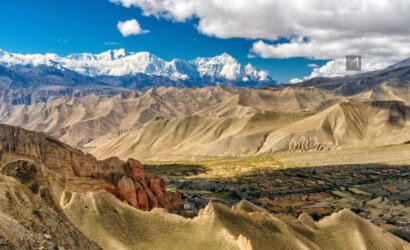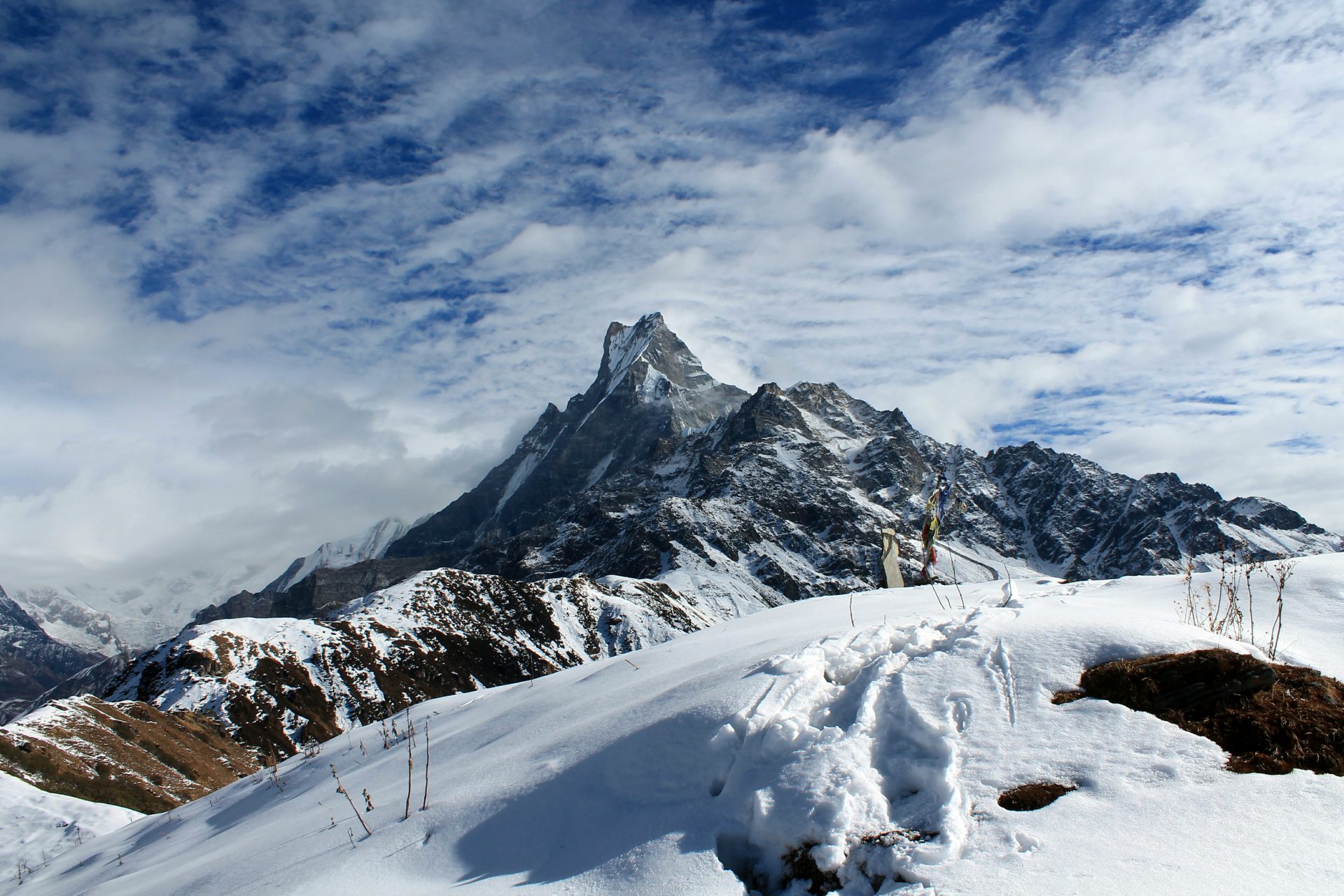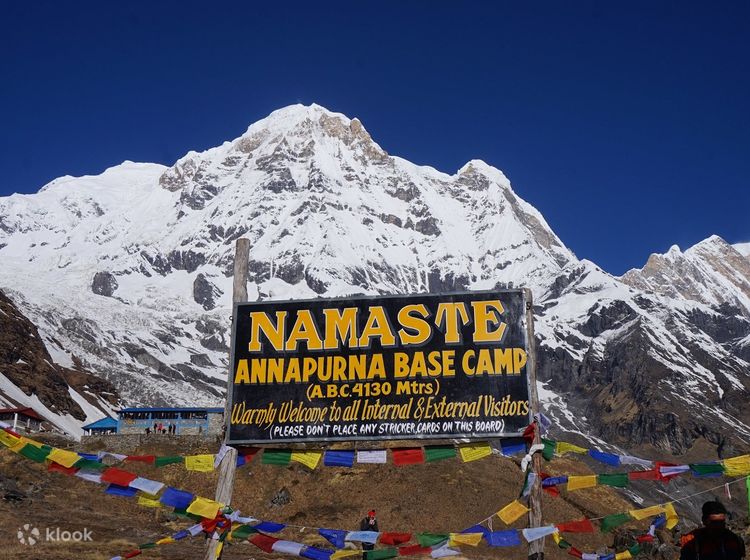-
Kathmandu
-
March to May , September to October
-
Bus , Car , Airlines
-
Moderate
-
5,535 meters (18,159 feet) above sea level.
-
Adventure
Overview
The Everest Three Passes Trek is a thrilling expedition in the Nepalese Himalayas, offering a unique blend of popular Everest trails and hidden gems in the Khumbu region. This extraordinary trek entails traversing three breathtaking high passes: Kongma La Pass (5,535/18,159ft), Cho La Pass (5,420m/17,782ft), and Renjo La Pass (5,340m/17,520ft). Additionally, you will have the opportunity to visit iconic landmarks such as Everest Base Camp, Kala Patthar, Gokyo Ri, and the mesmerizing Gokyo Lakes. Along the way, you’ll also explore the remote and unspoiled Nangpa La Valley, as well as the charming Sherpa village of Marlung and the serene monastery village of Thame.
For adventure enthusiasts seeking a challenging trek in the Everest region with high mountain pass crossings, the Everest Three Passes Trek is an ideal choice. However, if you prefer a slightly less demanding trek that still encompasses Gokyo Lakes, Kala Patthar, and Everest Base Camp, the Everest Base Camp Trek via Gokyo Lakes
Itinerary
Cost Includes
- All (international and domestic) airport transfers on a tourist vehicle
- Twin-sharing/double accommodation in a 3-star hotel for 2 nights in Kathmandu including breakfast (Private room accommodation can be organized at an extra cost)
- Twin-sharing guesthouse accommodation during the trek for 11 nights in the Everest Region with attached toilets in Lukla, Phakding & Namche
- All your standard meals during the trek (Breakfast, Lunch, and Dinner) including one hot drink and seasonal fruits
- Experienced, first-aid trained, government licensed, English-speaking Ace the Himalaya's trekking guide
- Permits for Sagarmatha/Everest National Park and TIMS (Trekkers' Information Management System)
- Porters during the trek for carrying luggage (1 porter for every 2 clients)
- Wages, accommodation, meals, gear, insurance, and medications for all staff
- Filtered water in the trails using Water Filter or using water purification tablets
- Round-trip airfare between Kathmandu/Manthali and Lukla
- 1 Ace the Himalaya’s duffel/kit bag, trekking map, sun hat, and trip completion certificate
- A farewell dinner on the last night in Nepal
- All administrative expenses and government taxes
Cost Excludes
- Meals (lunch and dinner) in Kathmandu
- International flight fare and airport departure tax
- Any beverages including bottled and boiled water
- Travel insurance along with high-altitude emergency evacuation coverage
- Tips to trekking staff and driver
- Nepal Entry Visa (Visa can be acquired easily after your arrival at Tribhuvan International Airport in Kathmandu with a fee of USD 50 for 30 days visa and USD 125 for 90 days visa)
- Personal Trekking gear and equipment
- Any expenses other than the Price Include section
Frequently asked questions
The Three Passes Trek is a challenging and adventurous trekking route in the Everest region of Nepal. It involves crossing three high mountain passes: Renjo La Pass, Cho La Pass, and Kongma La Pass, offering stunning views of the Himalayas and access to iconic locations like Gokyo Lakes and Everest Base Camp.
The duration of the Three Passes Trek varies, but it typically takes around 18 to 20 days. The itinerary includes acclimatization days to help trekkers adjust to high altitudes and maximize the chances of a successful and enjoyable trek.
The best time for the Three Passes Trek is during the pre-monsoon (spring) and post-monsoon (autumn) seasons, from March to May and September to November. These months offer favorable weather conditions, clear skies, and optimal visibility for the breathtaking mountain panoramas.
The Three Passes Trek is considered a strenuous and challenging trek, suitable for experienced trekkers. The trail involves steep ascents and descents, high-altitude passes, and variable weather conditions. Trekkers should be in good physical condition and adequately prepared for the demanding terrain.
Yes, trekking permits are required for the Three Passes Trek. Trekkers need to obtain both the Sagarmatha National Park permit and the Trekkers’ Information Management System (TIMS) card. These permits can be arranged through trekking agencies or obtained in Kathmandu before starting the trek.
